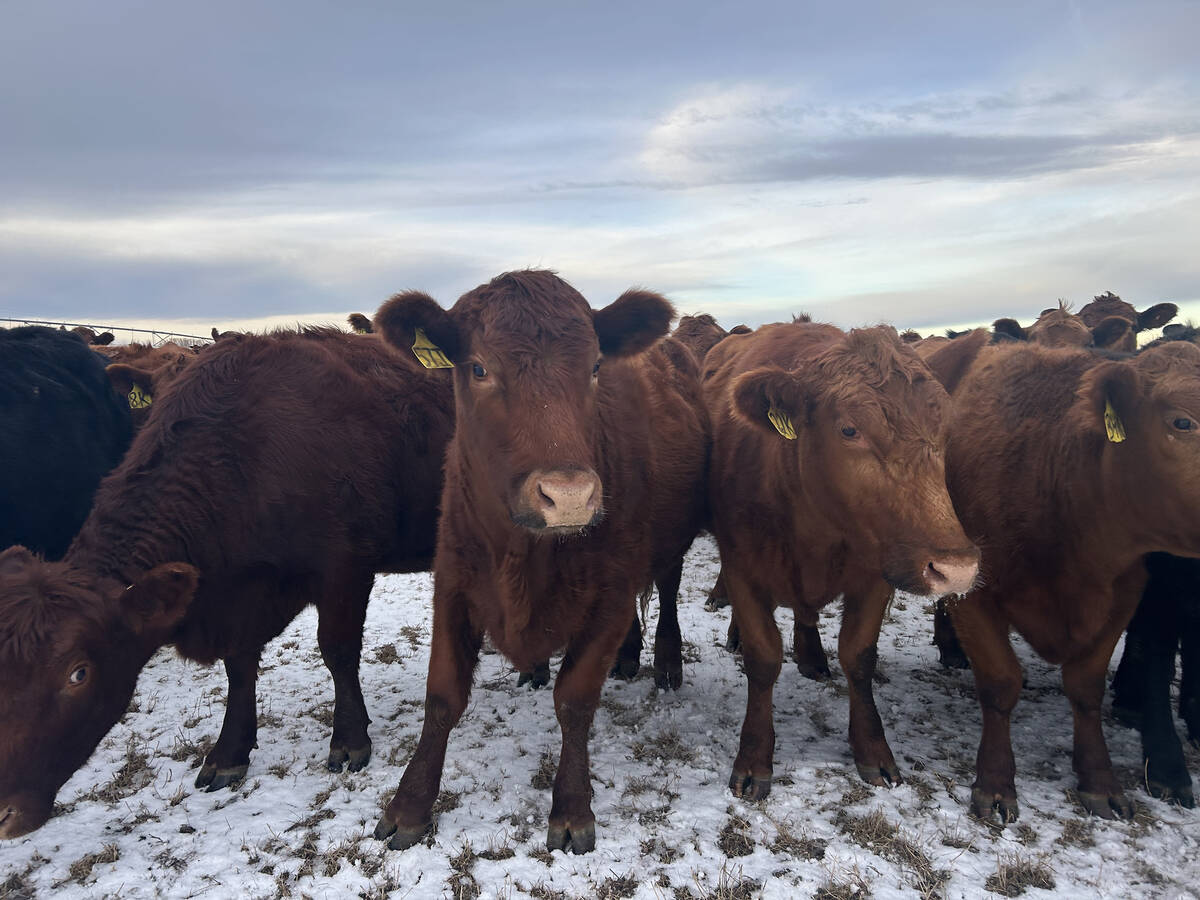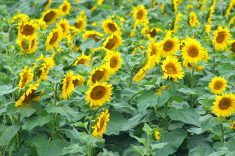Wheat experts are stepping up monitoring of a crop disease first found in Africa in 1999 to minimise the spread of a deadly fungus that is also a threat in Asia, experts said on Friday.
A "Rust-Tracker" using data supplied by farmers and scientists could now monitor the fungus in 27 developing nations across 103 million acres of wheat — an area the size of Iraq or California.
"It’s the most serious wheat disease," Ronnie Coffman, vice-chair of the Borlaug Global Rust Initiative (BGRI), told Reuters ahead of a meeting of wheat experts running until Tuesday in Beijing.
Read Also

Feed Grain Weekly: Prices levelling as demand wanes
Soft demand has feed grain prices levelling off, said Darcy Haley, vice-president of Ag Value Brokers in Lethbridge, Alta.
"If it gets started… it’s like a biological firestorm," he said. Experts will review progress in combating the disease, with fungicides and 20 new resistant varieties developed in recent years.
The stem rust is known as Ug99 after it was found in Uganda in 1999. It has since spread as far as South Africa and north to Yemen and Iran.
The fungus, which can destroy entire wheat fields, is likely eventually to be carried worldwide on the winds. The biggest threat in coming years is a spread across Asia to Pakistan, India and China, the world’s top producer, Coffman said.
"Effective control often depends on finding out what is happening in distant regions, and the Rust-Tracker can help scientists assess the status of stem rust and other rust diseases," said Dave Hodson, the developer of Rust-Tracker.
About 85 per cent of wheat now in production worldwide was reckoned to be vulnerable to Ug99 and its variants, the BGRI estimated. Rich nations are far less vulnerable because they can afford to switch to new varieties or deploy fungicides.
Front line
Among developing nations, Afghanistan, Bangladesh, Ethiopia, Egypt, India, Kenya, Nepal and Pakistan are on the front line of deploying rust-resistant varieties.
Coffman said relatively minor amounts of wheat output had been lost so far. "The only country under immediate threat of a dramatic loss of production is Ethiopia," he said.
In Kenya, for instance, Ug99 had been brought largely under control because of shifts to new varieties. Another threat was from yellow rust, which has struck nations from Morocco to Uzbekistan in recent years.
The Ug99 fungus is among threats to food supplies. A United Nations panel of scientists says that heat waves, floods and droughts — like the one affecting the United States this year — are likely to become more frequent because of manmade climate change.
Scientists were also studying ways to limit a woody plant known as barberry, where the fungus also lives. Efforts to eradicate the plant in the 20th century seem to have reduced rust.
And the rust had overcome a genetic resistance to the disease developed for wheat in the early 1970s by Norman Borlaug, the father of the "Green Revolution" that introduced higher-yielding crop varieties, Coffman said.
He said that rust had been known at least since Roman times. About 40 per cent of the U.S. crop was destroyed in the early 1950s when rust swept up from Mexico.
— Alister Doyle is Reuters’ environment correspondent in Oslo.














